Editor – Mugilganesh RM
In this week’s Thoughtful Tuesday article, we are talking about the place where most
romantic relationships tend to start: dating, specifically dating apps, from a numbers and
psychological perspective.
Let’s first enlighten those who’ve been fortunate enough not to use a dating app about
how the dating app works. Imagine a dating app is like a big digital catalogue of people
looking for a connection. You create a little profile about yourself with pictures and some
details. Then, you flip through this catalogue of profiles. If you see someone you like, you
swipe right to show interest, if not, you swipe left. If the person you liked also liked you
back, boom, it’s a match! That’s when you can start chatting and see if you hit it off.
Let’s say that Aladdin and Jasmine, our fictional single friends, decided to try out a dating
app. Aladdin meticulously crafts a perfect profile with a nice selfie, an adventurous photo
from his recent adventure, and a picture from his recent vacation. He adds a fantastic bio
to complete his profile. On the other hand, Jasmine, feeling less comfortable sharing
details, uploads just one blurry selfie and a simple “Hi There” in her bio. Both start
swiping in hopes of finding a connection.
At the end of the day, they check their likes. Surprisingly, Jasmine has accumulated over
99 likes, and almost every profile she swiped right on has turned into a match. However,
Aladdin’s experience is quite different, he hasn’t received any matches and has only
gotten one like.
This is a common challenge faced by both men and women on dating apps. Aladdin,
disappointed by the low response, starts questioning his self-image despite putting effort
into creating an appealing profile. Jasmine, on the other hand, is flooded with responses
but annoyed by the intrusive behaviour of a few. To understand why these dynamics are
happening to Aladdin and Jasmine, let’s delve into the numbers of the dating app scene.
Let’s kick off a simulation with a few assumptions and observe how adding real-life
variables can significantly impact the dynamics. On a side note, we are just talking about
dating opposite genders, Same-gender dating is a topic for a different day. Imagine we
have 500 men and 500 women on a dating app, with each user viewing 100 profiles daily.
Assumptions include that users like 1 out of every 4 profiles they see, i.e., Both men and
women have a 25% chance of getting liked every time their profile is shown to someone,
resulting in 25 likes and 6.25 matches per day for both men and women.

Now, let’s introduce a real-life variable: the gender ratio. On popular dating apps like
Tinder and Bumble, the ratio often skews toward more men, say 2:1. Adjusting for this,
we now have 333 women and 667 men on our dating app. With other parameters
unchanged, our stimulation gives a result that women receive 50.1 likes and 6.26 matches
per day, while men only get 12.5 likes and 3.12 matches per day.

This disparity in likes triggers distinct behaviours. Women, enjoying the attention, become
more selective, reducing men’s chances of receiving likes. Meanwhile, men, facing a
shortage of attention, become more generous with likes, thereby increasing women’s
likelihood of receiving likes. This leads us to our second real-life variable: “Men give more
likes than women,” supported by a New York Times article stating that men are three
times more likely to give likes than women.
Let’s refine our simulation by incorporating our second real-life parameter: women are
46% likely to get liked by a man, whereas men only have a 14% chance of getting liked
by a woman. With this adjustment, the simulation yields different outcomes. Now, women
receive 92.1 likes and 6.4 matches per day, while men get 7 likes and 3.2 matches a day.

The complexities for an average male user become even more pronounced when we
factor in attractiveness. While attractiveness is subjective, certain profiles tend to be
perceived as more appealing than others. This introduces our third real-life variable: “A
large number of likes are obtained by a small group of people.” According to a Hinge
article, approximately 25% of women receive 50% of likes from men, and 15% of men
get 50% of likes from women. Essentially, a small group of individuals, particularly men,
receive a disproportionate amount of likes compared to the rest.
Incorporating this variable into our simulation reveals that a select group of men
considered attractive, receive significantly more likes and matches than the average male
user on the app. The average number of likes and matches remains the same but the
median for men becomes 1 likes and 0 matches per day, whereas women maintain a
median of 89 likes and 6 matches per day. This sheds light on why some individuals, like
Jasmine, experience a flood of likes, while others, like Aladdin, do not.

Beyond the numbers, the psychological dimension of dating apps adds another layer of
intrigue. The dating app business operates on the concept of successful failures. In this
context, a failure occurs when a subscriber struggles to find a match or when a match
doesn’t progress beyond the virtual interaction. For instance, if Aladdin engages with
Jasmine online but the connection doesn’t materialise into a real-life meeting, it
represents both an opportunity and a loss in revenue for the dating app.
Success, on the other hand, occurs when individuals like Aladdin and Jasmine not only
connect virtually but also enjoy a successful date. However, this success poses a
paradox for the business, as it results in a potential loss of revenue. Repeat orders, in the
form of continued subscriptions and engagement, are what generate revenue for dating
apps.
The ideal scenario for the business is a concept termed “successful failure,” where
individuals like Aladdin and Jasmine may not find lasting compatibility in their initial
interaction but return to the app with the hope of a better outcome. This time, they know
that there is a chance of success. Because it happened once, didn’t it? They stay on the
app, keep subscribing, keep swimming and thus, keep buying new and expensive packs.
The online dating industry, despite its apparent focus on dating, is fundamentally centred
around user engagement at a micro-level and selling hope. Its primary objective is to
encourage users to invest both time and money in the platform.
In conclusion, navigating the world of dating apps is not just a numerical game, it’s a
profound journey that intertwines with our deepest psychological aspects. Beyond the
swipe-and-match statistics, individuals experience a rollercoaster of emotions, from the
highs of validation to the lows of self-doubt and rejection.
So, as you navigate the complex landscape of dating apps, be kind to yourself.
Recognise that the algorithmic whims and numerical dynamics don’t define your worth.
Authenticity, both in your profile and your interactions, will always stand out amidst the
sea of digital profiles.
If the app becomes a source of frustration rather than fulfilment, don’t be afraid to step
back. Meaningful connections often happen in the most unexpected places, beyond the
confines of a digital screen. So, whether you find yourself in a sea of likes or grappling
with the silence of unmatched profiles, remember that your journey is uniquely yours.
And hey, if you find this article interesting, and perhaps if you’re lucky enough to come
across me on a dating app, consider giving me the right swipe. However, don’t set your
hopes too high, I might already be engaged in conversations with 10 other people on the
app. So, good luck!
Reference: This article takes inspiration from the insights shared in the YouTube video
titled “Why Men Get So Few Matches on Dating Apps” by the channel “Memeable Data.”







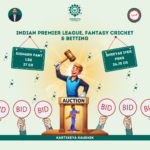



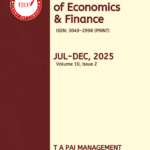
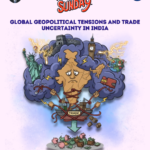


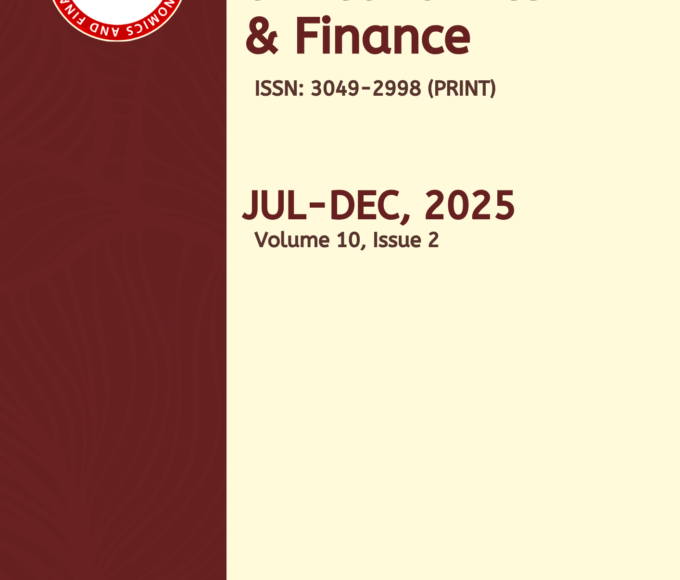
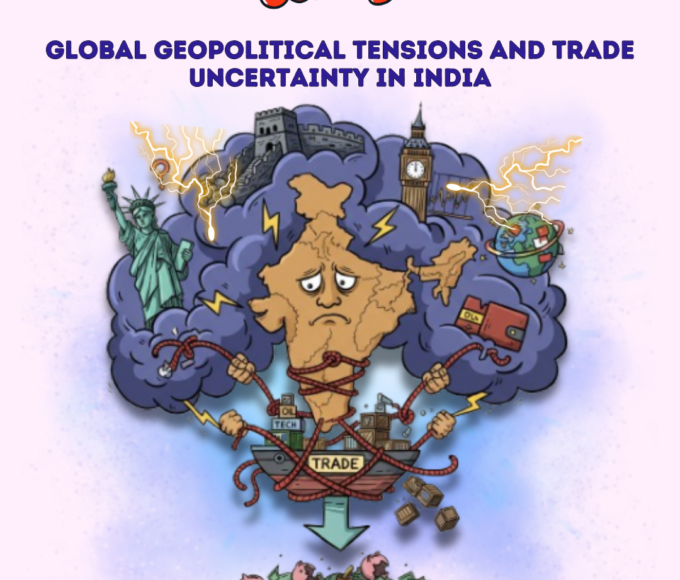
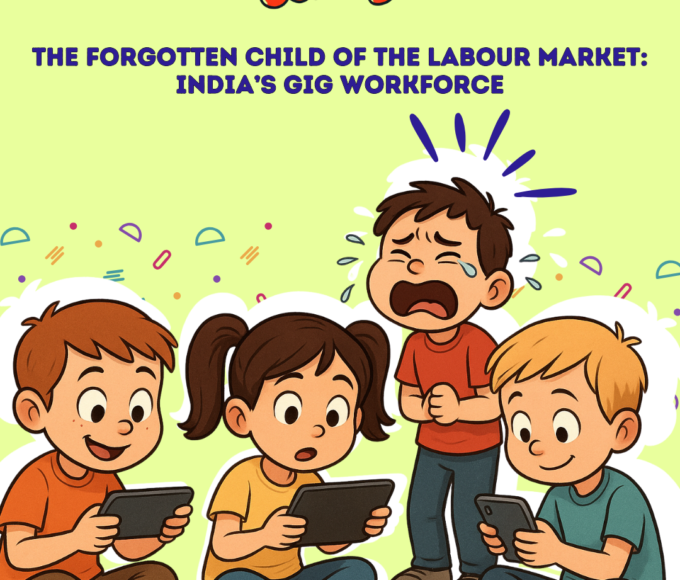
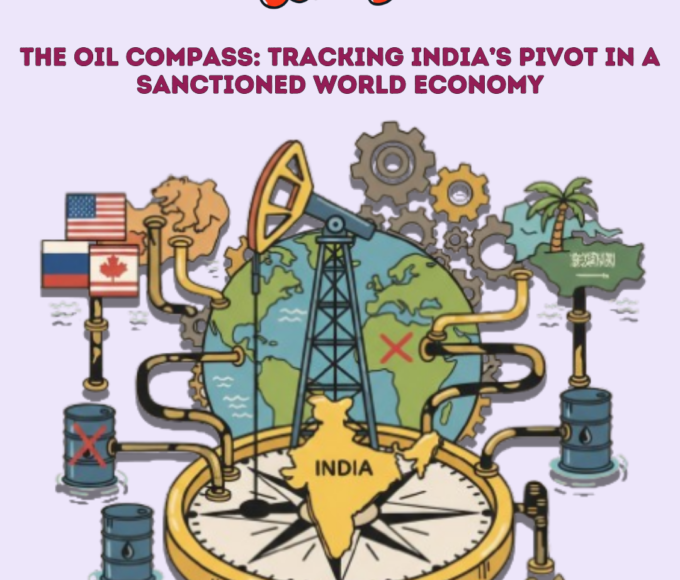
Leave a comment